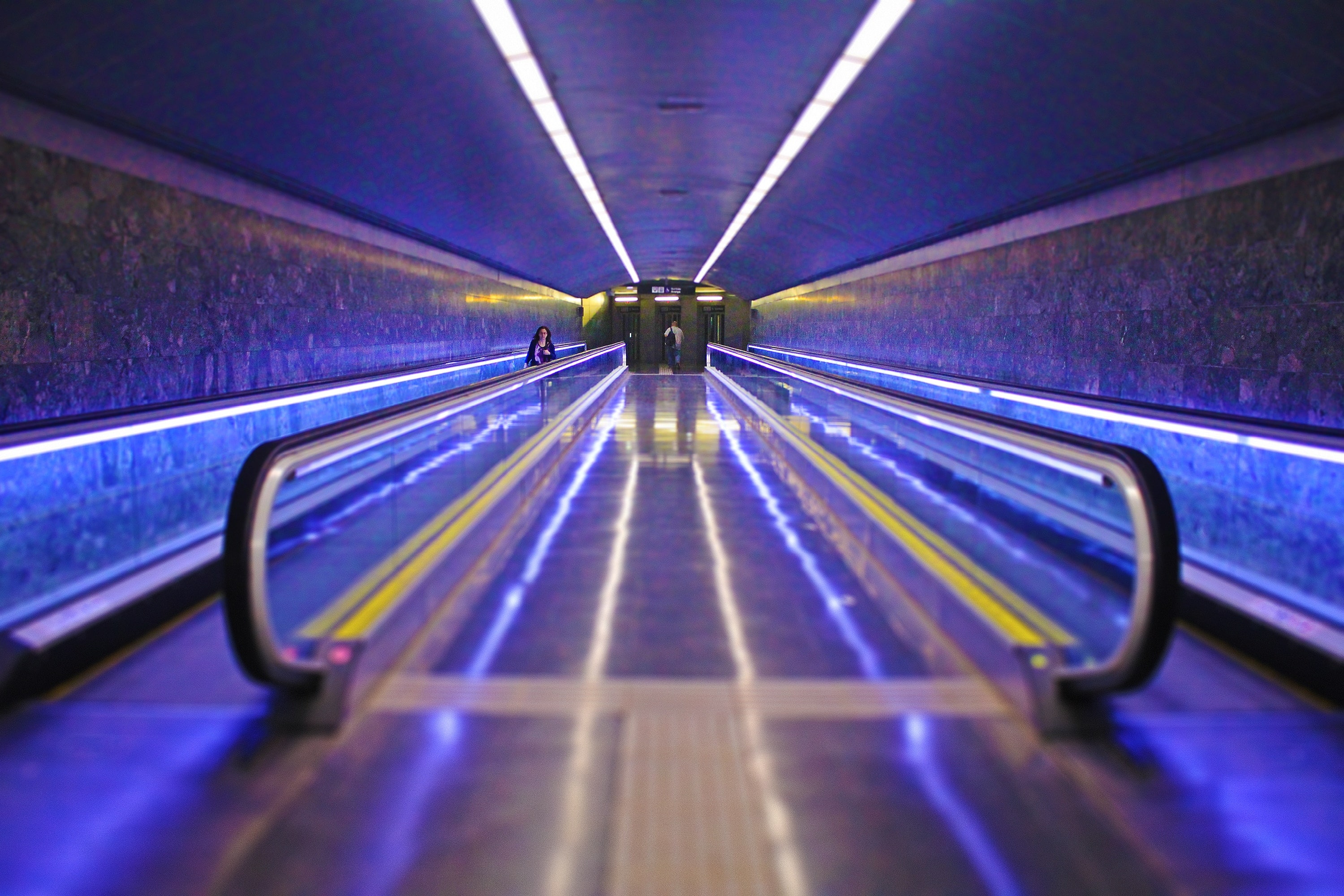I’m at the airport multiple times a month. Cutting travel time in half is a huge deal for me. The time saved compounds into days. That’s why I use Clear, which is cutting the time surrounding travel – eliminating security lines, bag-checking, and waiting at the terminal.
However, Clear isn’t the only innovation we’re striving for in aviation. What peaks my interest are scramjets shooting us through the atmosphere at 6,000mph. Now that’s something that has my imagination running wild.
What the heck is a scramjet? Take NASA’s word for it:
One thing has always been true about rockets: The farther and faster you want to go, the bigger your rocket needs to be.
Why? Rockets combine a liquid fuel with liquid oxygen to create thrust. Take away the need for liquid oxygen and your spacecraft can be smaller or carry more payload.
That’s the idea behind a different propulsion system called “scramjet,” or Supersonic Combustion Ramjet: The oxygen needed by the engine to combust is taken from the atmosphere passing through the vehicle, instead of from a tank onboard. The craft becomes smaller, lighter and faster.

It’s unbelievable how simple the design of a scramjet is. The fact that they could propel you to 7,000mph seems practically alien. Why are we not using scramjets for travel?
Well, the aircraft needs to be traveling at roughly Mach 6 (six times the speed of sound) before the air traveling through the scramjet compresses enough to balance with the fuel injection. It’s why they’ve actually been labeled as “air-breathing engines”.
This means you either need to launch a scramjet off of a high-powered rocket. Or dropped from an aircraft traveling at sufficient speed, which is how NASA launched their X-43A Scramjet (awesome video of scramjet reaching Mach 7).
Granted, this was back in 2004 that NASA launched the first scramjet and they would soon thereafter
In reality, this invention will exist for the sole purpose of governments and militaries for quite some time. And the fact we haven’t heard much about scramjets since 2004, tells me that they’re serving that purpose now.
But, that can’t stop us from imagining scramjets screaming through our atmosphere. In fact, NASA even put together design prototypes of what commercial scramjets might one day look like.

Nonetheless, there’s really one thing I’d like to leave you with:
- We entered the 19th century at 6mph (horse-drawn carriage)
- We entered the 20th century at 60mph (steam-powered locomotive)
- We entered the 21st century at 600mph (intercontinental airplane)
